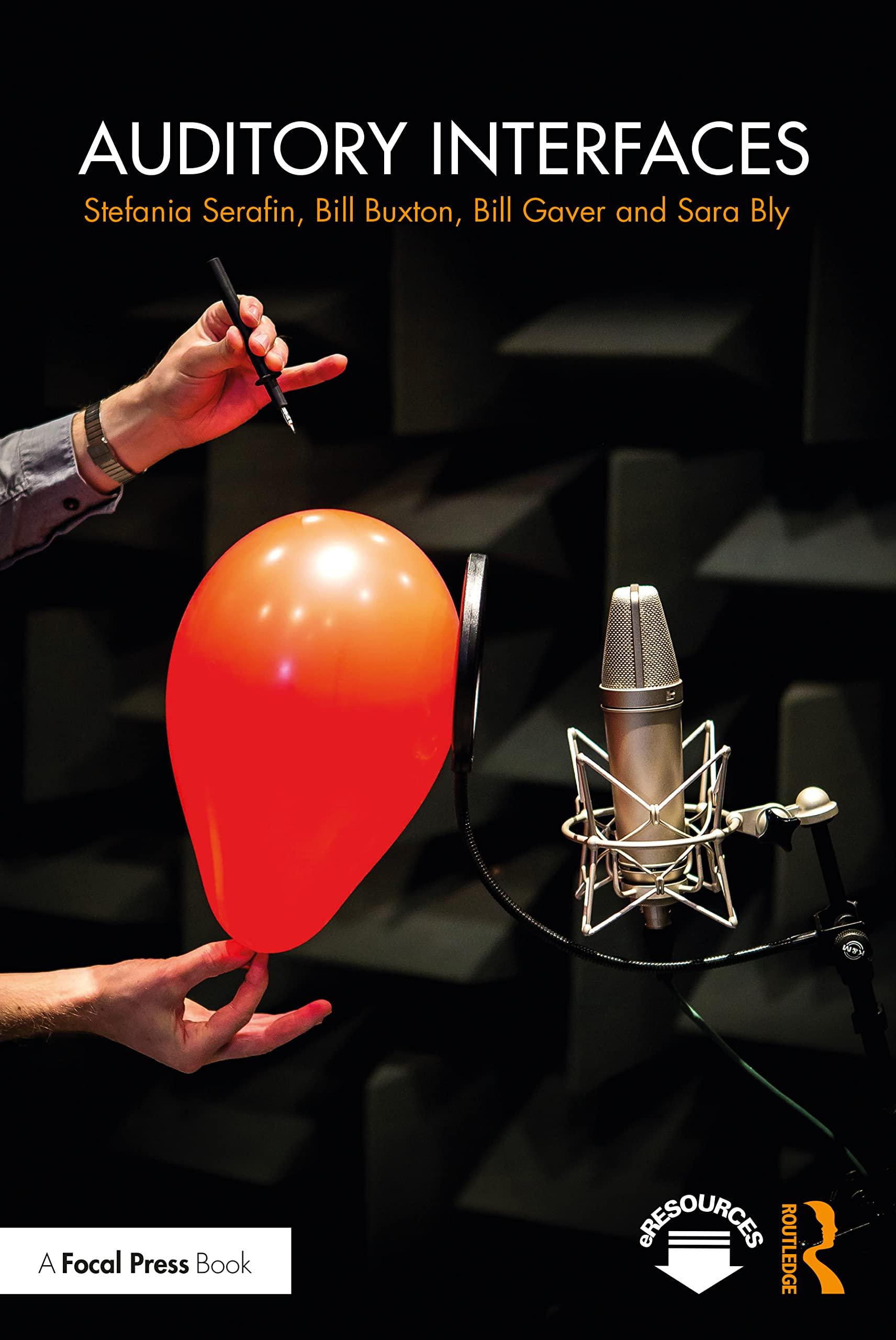Question
Overview: You just began a position as a financial accountant at Peyton Approved. In this role, your first task is to prepare the companys financials
Overview: You just began a position as a financial accountant at Peyton Approved. In this role, your first task is to prepare the companys financials for the year-end audit. Additionally, the company is interested in expanding its business within the next year. They would like your support in assessing their ability to meet their goals.
Refer to the data below and use the Final Project Workbook that includes the income statement, balance sheet, retained earnings statement and cash flow statement to complete the final project and associated milestones.
Peyton Approved Financial Data: Preliminary Financial Statements have already been prepared (2017 statements in the Final Project Workbook). Final adjusting entries have not yet been made. See table for possible adjustments that indicate what will be recorded at 12/31/17 (fiscal year end). Use the following to complete year-to-year documentation and notes for managing depreciation, inventory, and long-term debt.
|
|
|
|
|
The company is planning to open another location in 2018. Prepare pro forma financials for 2018 for the new location using the following information:
| Cost of leasing commercial space: $1,500 per month. |
| Cost of new equipment: $15,000, purchased with a long-term note. Use straight line depreciation assuming a seven-year life, no residual value. Use full years depreciation for the first year. |
| Cost of hiring and training new employees: three at $25,000 each for the first year. |
| Except as noted below, assets, current liabilities, sales, costs, and expenses are expected to be 80% of the existing store (from preliminary statements) except no stock. Retained earnings = net income. |
| Cash: $7,000. Accounts receivable amount to 4.0 turns (accounts receivable turnover will be 4.0); inventory amount to show 3.0 turns (inventory turnover will be 3.0). No stock will be issued. Retained earnings are to equal net income. Additional financing of $5,000 will be long-term. Add remaining amount needed to balance into accounts payable. |
For notes to the financial statements and Management Analysis Memo, consider the following:
Peyton Approved uses the following accounting practices:
- Inventory: Periodic, LIFO for both baking and merchandise
- Equipment: Straight line method used for equipment
Business Financing Information: Use this information to calculate interest rates and insurance information, and to assess their impact on the companys financial obligations:
- 6% interest note payable was made on Jan 31, 2017, and is due Feb 1, 2019.
- 5-year loan was made on June 1, 2016. Terms are 7.5% annual rate, interest only until due date.
- Insurance: Annual policy covers 12 months, purchased in February, covering March 2017 to February 2018. No monthly adjustments have been made.
I. Accounting Workbook: Your accounting workbook must include appropriate calculations and statements: A. Create pro forma financial statements for predicting ability to meet future expansion goals. II. Notes to the Financial Statements: Your notes must contain the following: A. Create appropriate notes as year-to-year documentation for managing depreciation, supplies, and inventory. III. Management Analysis Brief: Your management analysis brief should explain financial information to management. Provide evidence from your accounting workbook to support your ideas where applicable. A. Discuss the impact of the pro forma financial statements for predicting ability to meet future expansion goals. B. Describe the implications of inventory costing, contingent liabilities, and revenue recognition. C. Identify potential issues in interpretation of financial information, providing examples to support your ideas.
| PEYTON APPROVED PRO FORMA INFORMATION | |||||||||||
| The company is planning to open another location in 2018 . Prepare pro forma financials for 2018 for the new location using the following information: | |||||||||||
| 1. Cost of leasing commercial space: $1,500 per month. | |||||||||||
| 2. Cost of new equipment: $15,000. Use straight line depreciation assuming a seven-year life. Use full years depreciation for the first year. | |||||||||||
| 3. Cost of hiring and training new employees: three at $25,000 each for the first year. | |||||||||||
| 4. Except as noted in 5, assets, current liabilities, sales, costs, and expenses are expected to be 80% of the existing store (from preliminary statements) except no stock. Retained earnings = net income. | |||||||||||
| 5. Cash: $7,000. Accounts receivable amount to 4.0 turns (accounts receivable turnover will be 4.0); inventory amount to show 3.0 turns (inventory turnover will be 3.0). No stock will be issued. Retained earnings are to equal net income. Additional financing of $5,000 will be long-term. Add remaining amount needed to balance into accounts payable. | |||||||||||
PLEASE HELP ME WITH THE pro forma financial statements INCOME STATEMENT AND BALANCE STATEMENT. Also create appropriate notes as year-to-year documentation for managing depreciation, supplies, and inventory.

Step by Step Solution
There are 3 Steps involved in it
Step: 1

Get Instant Access to Expert-Tailored Solutions
See step-by-step solutions with expert insights and AI powered tools for academic success
Step: 2

Step: 3

Ace Your Homework with AI
Get the answers you need in no time with our AI-driven, step-by-step assistance
Get Started


